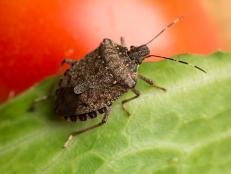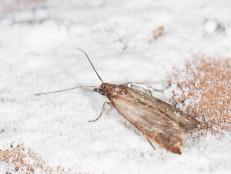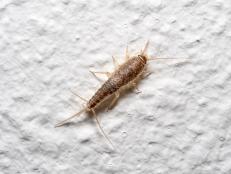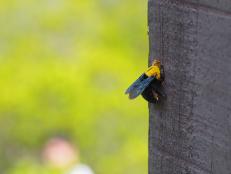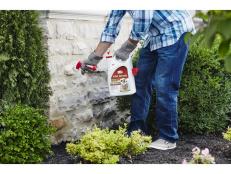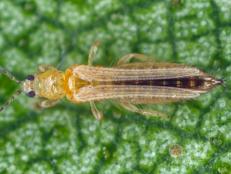How to Get Rid of Mealybugs
Learn what you need to know to get rid of mealybugs and protect your plants from this pest.
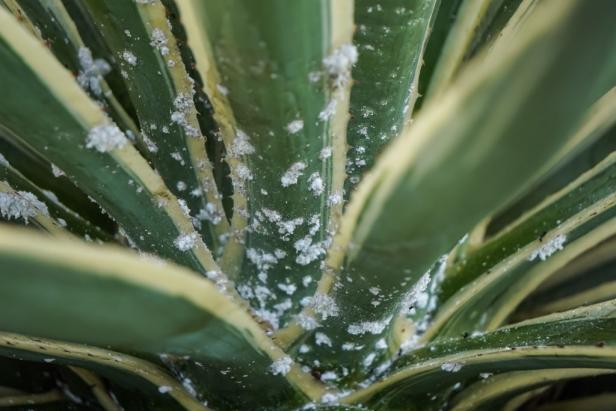
Shutterstock/Rizky Ade Jonathan
When mealybugs are present, a plant looks like it’s been dusted with lint or cotton.
Mealybugs are vampires of the plant world, using sharp mouthparts to poke holes in plants so they can suck out the sugary sap. Size-wise, they're tiny — about a quarter of an inch — but their appearance is striking: white and fuzzy. When there's a heavy infestation, a plant looks like it's covered with lint. The white covering contains wax that protects the insect, making it difficult to get rid of mealybugs.
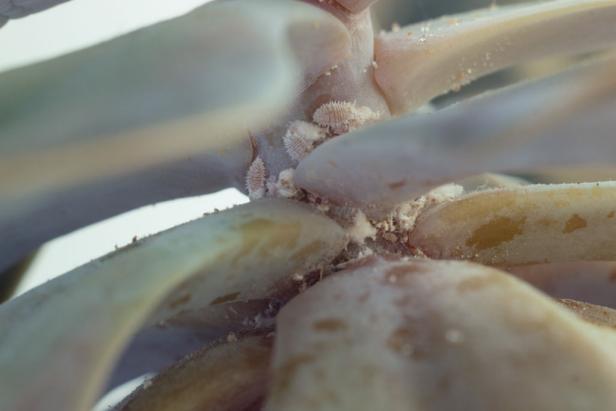
Shutterstock/9091086
Mealybugs often attack succulents like this ‘Perle Von Nurnberg’ Echeveria. When mealybugs first appear on these plants, it’s easy to overlook them because they’re tucked along the short stems.
Mealybugs remain mobile throughout their lives, which makes them a serious threat if they appear on one plant in a collection. They're a tough bug to beat, but there are ways to get rid of mealybugs — including ways to get rid of mealybugs naturally.
Where Do Mealybugs Come From?
Most often mealybugs arrive on new plants. One female mealybug can lay up to 600 eggs, which is why it's vital to treat a mealybug outbreak early. If not, an infestation can quickly explode.

Shutterstock/Stanislav71
Mealybugs are easy to spot because they look like fuzzy white spots on a plant, often located where leaves attach to stems.
When selecting new plants, inspect them thoroughly, especially looking beneath leaves and where leaves attach to stems. On succulents, try your best to view the actual stem. It's an easy job on a jade plant, but the task is tougher with an Echeveria. If you spot even one mealybug, don't buy any plants from that vendor. The easiest way to get rid of mealybugs is not to bring them home in the first place.
How to Spot Mealybugs
Symptoms of mealybug feeding include yellowing leaves, deformed new growth and misshapen leaves. The telltale cottony white mealybugs or egg cases are usually tucked along stems, under leaves or on new growth.
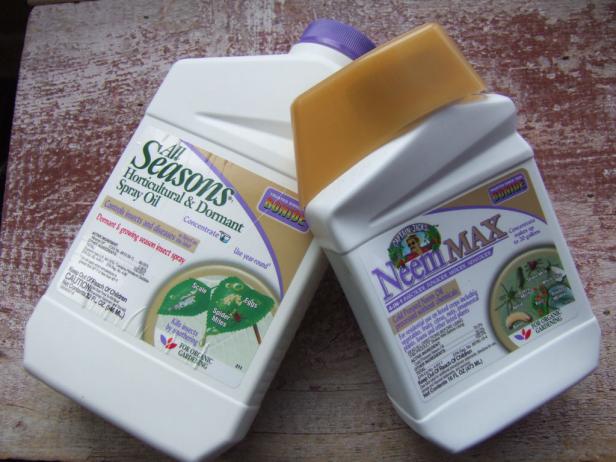
Julie Martens Forney
To treat mealybugs, natural pest controls like horticultural spray oil and cold-pressed neem oil are approved for organic gardening and safe to use on houseplants listed on the labels.
When mealybugs feed, plants drip sap. You might notice a sticky layer on a pot rim, plant saucer or table where the plant is sitting. Plant sap that has dripped onto other leaves creates a shine. If you see shiny spots on leaves, do a deep visual inspection — grab a magnifying glass if necessary.
How to Get Rid of Mealybugs
It's really difficult to get rid of mealybugs. If your plant is heavily infested, consider tossing it. Otherwise, isolate it, keeping it away from all your other plants. If it won't ruin your plant, prune off any parts where mealybugs concentrate.
Both chemical and organic methods can get rid of mealybugs as long as you follow label instructions carefully. Before choosing a product, read the label to make sure it lists mealybugs as a targeted pest.
Next, read the product label to understand how often to apply the product. The reason most gardeners fail to get rid of mealybugs (and other pests) is because they don't apply the product weekly for three to four weeks. This timeframe is key because most treatments won't kill both mealybug eggs and other life stages. By applying the product once a week for several weeks, you're giving eggs time to hatch, which helps you eliminate the pest.
Common treatment options to get rid of mealybugs include:
- Alcohol kills pests by dissolving their cells. Using a cotton swab, apply rubbing alcohol (70%) directly to mealybugs and egg cases. Alcohol can damage plant tissues, so do not spray the entire plant with alcohol. This method works best with light outbreaks.
- Insecticidal soap kills pests by smothering their bodies, blocking their ability to breathe and drying them out. Dish detergent and household soaps can damage plants. The safest soap to use on plants is insecticidal soap.
- Oils kill pests by smothering and interfering with other biological processes. Horticultural oil and neem oil are two organic products that help to get rid of mealybugs.
- Chemical pesticides kill mealybugs on contact, either through ready-to-use sprays or systemic action. A systemic chemical is one you water into soil. Plant roots absorb it, moving it through the whole plant. When a mealybug feeds, the chemical kills it. With systemic chemicals, you only apply the product once. Ready-to-use spray pesticides need to be applied multiple times.
- Natural predators, including specific lady bug species, will attack various mealybug life stages. To use natural predators, place the infested plant outdoors in a shady spot on a porch or under a tree. Monitor progress against the pest. This method is the slowest way to get rid of mealybugs.
No matter which tactic you use, also clean the pot and area around the plant, including cachepots, tabletops, curtains and carpets, just in case mealybugs were migrating toward other plants. Some mealybug species survive up to two weeks away from plants, with eggs continuing to hatch — another reason it's so hard to get rid of mealybugs.
You may need to combine treatment options to get rid of mealybugs completely. For instance, you might mix a few drops of insecticidal soap in a horticultural oil solution. Or use alcohol to get the mealybugs you can see, and a few weeks of alternating soap and oil sprays to kill what you can't see.
How to Prevent Mealybugs
- Inspect plants regularly. The best defense is visually inspecting your plants once a week or every time you water. Insects reproduce quickly, so monthly inspections won't work. Frequency is your friend.
- Isolate new plants. Keep new plants away from your existing collection for two to three weeks to allow any insect eggs present to hatch. During this time, inspect the newcomer often, watching for signs of mealybugs or other pests.
- Avoid over-fertilizing. Mealybugs crave lush, new growth and often feed in the growing points of plants. Plants overfed with nitrogen produce lots of tender leaves that seem to attract mealybugs. This is especially true for succulents.
- Know what they like. Mealybugs often attack rosemary, fuchsia, succulents, citrus, croton, coleus and cacti. If you're growing these plants, step up your inspection efforts.







